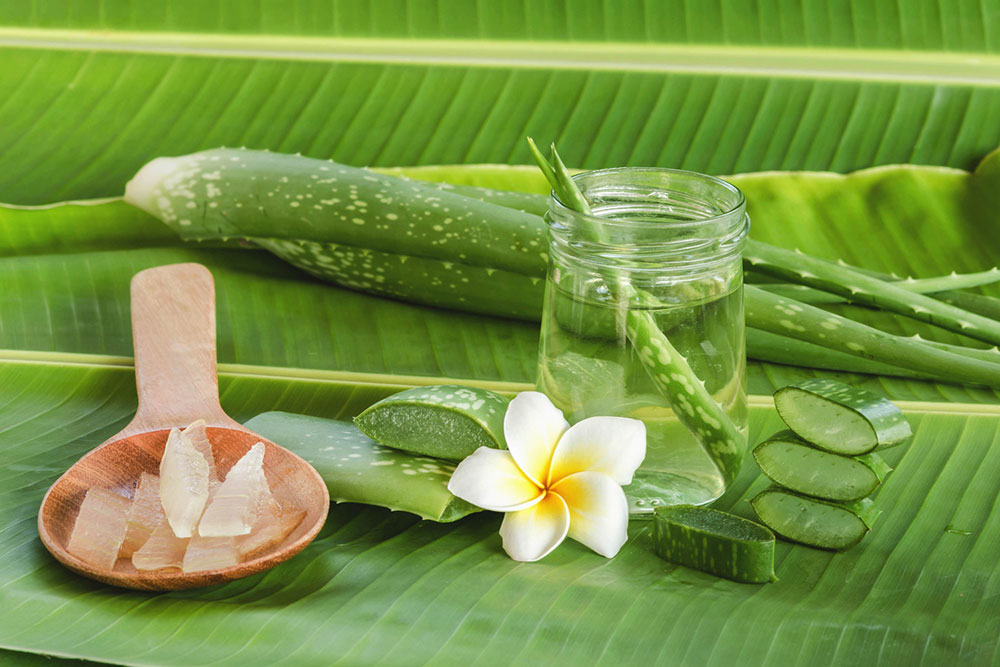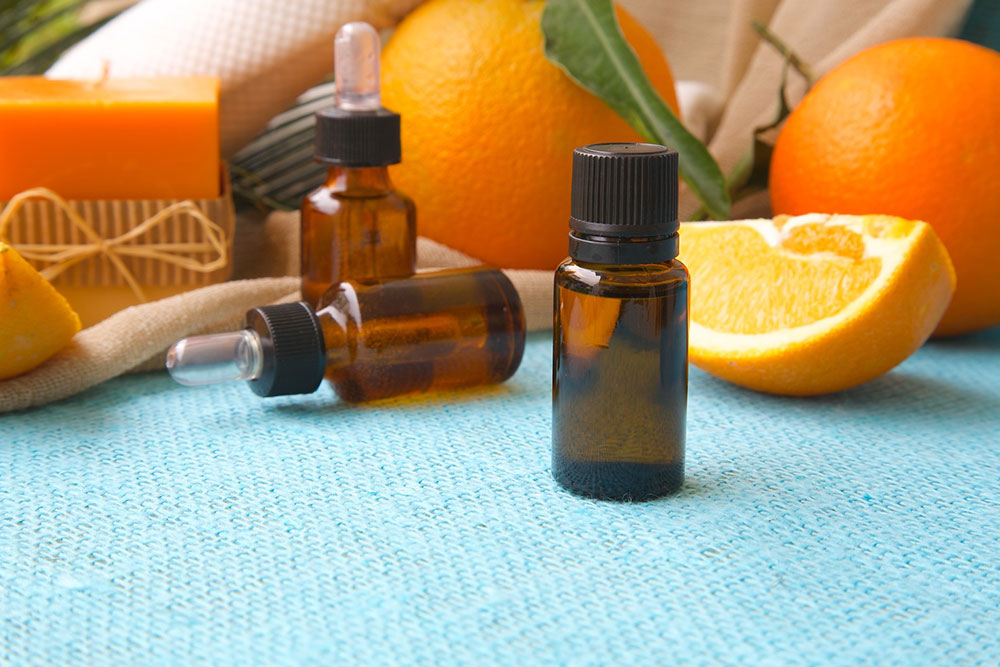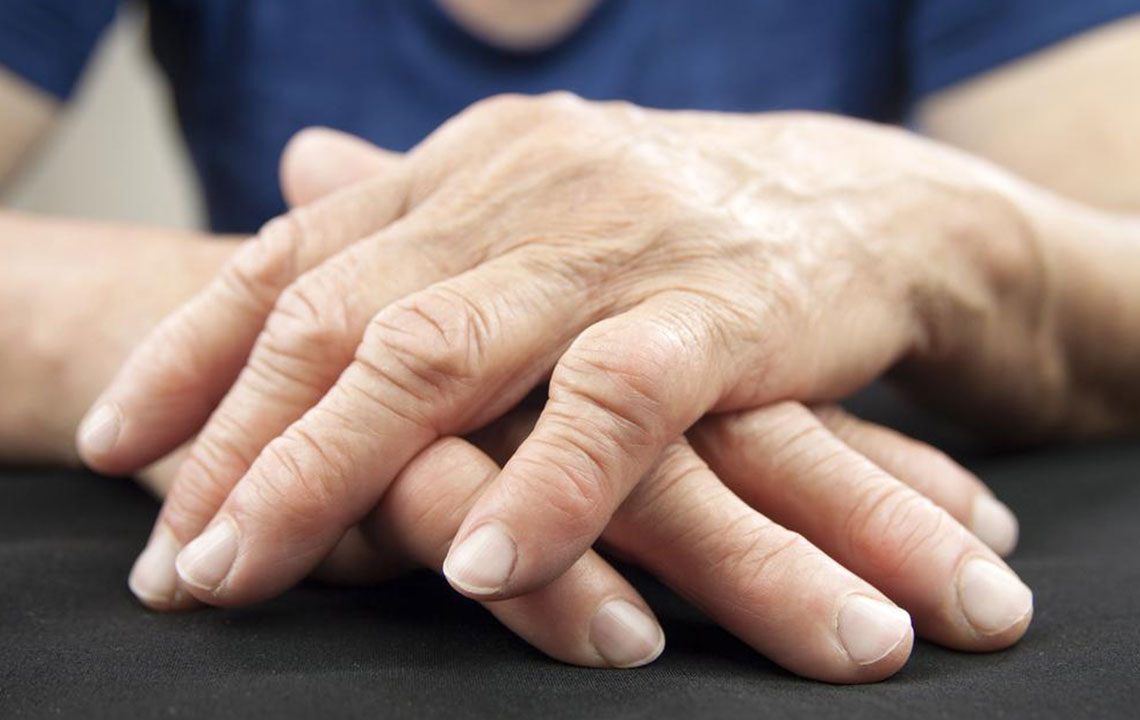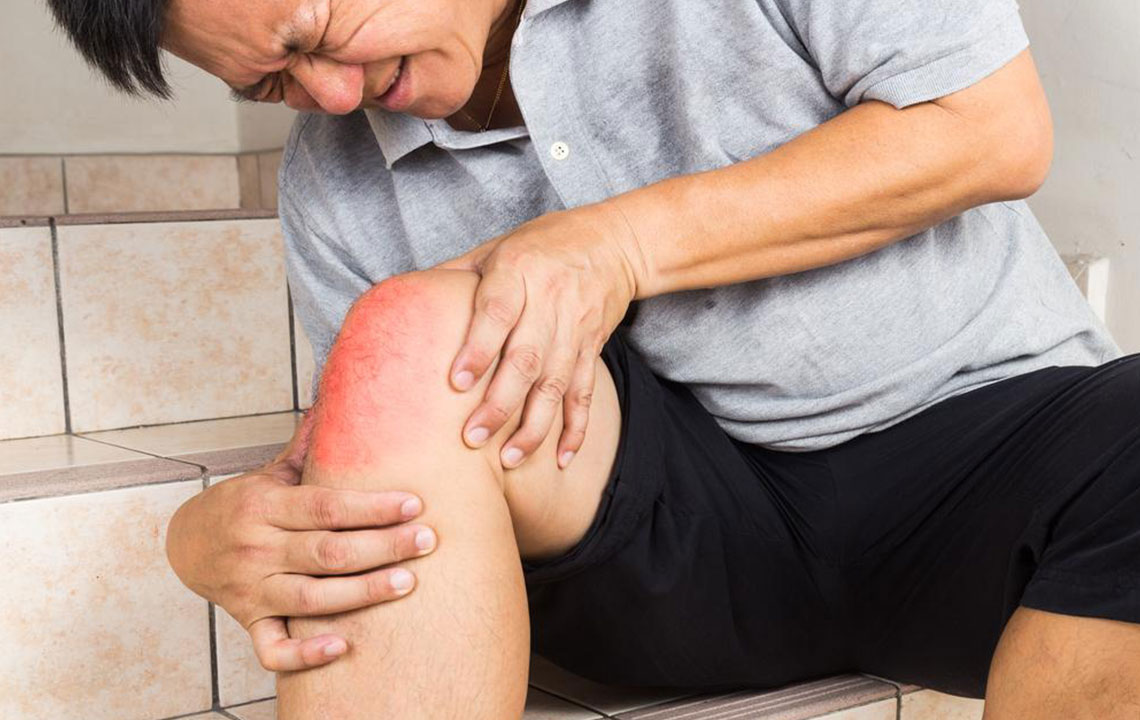Comprehensive Natural Strategies to Relieve Body Discomfort and Promote Well-Being
Discover effective natural strategies for alleviating body discomfort, from dietary spices like turmeric and ginger to holistic practices such as meditation, massage, and yoga. This comprehensive guide emphasizes safe, drug-free pain management techniques supported by scientific research, helping you manage aches and stiffness naturally and improve your overall well-being.

Comprehensive Natural Strategies to Relieve Body Discomfort and Promote Well-Being
Feeling body discomfort or persistent aches can significantly impact daily life, productivity, and overall well-being. Such discomfort often results from various factors, including prolonged physical strain, improper posture, physical exertion, stress, or underlying health conditions. While over-the-counter medications like pain relievers and anti-inflammatories are common choices, they may come with side effects or risks when used long-term. This has led many individuals to explore natural, holistic approaches that offer relief without adverse effects. Embracing natural remedies, lifestyle adjustments, and alternative therapies can not only alleviate pain but also enhance overall health and vitality. This comprehensive guide delves into scientifically-supported natural techniques for alleviating body discomfort, offering practical tips and insights for sustainable pain management.
Turmeric: Nature's Anti-Inflammatory Powerhouse Turmeric, a vibrant yellow spice renowned for its medicinal properties, has gained recognition worldwide for its potent anti-inflammatory and analgesic effects. The active compound, Curcumin, is responsible for these benefits. Extensive research indicates that turmeric extracts can be just as effective as certain conventional painkillers like Ibuprofen in managing specific types of pain, including osteoporosis-related discomfort. When used consistently over a period of four weeks or more, turmeric can significantly reduce inflammation and alleviate pain symptoms. Incorporating turmeric into your diet can be simple; add it to smoothies, teas, curries, or golden milk for a natural boost to your health. Its regular consumption can contribute to a decrease in chronic inflammation, supporting joint health and reducing discomfort caused by inflammatory processes.
Consuming turmeric regularly through food or supplements may help decrease inflammation and provide natural pain relief. Incorporate it into your daily meals for a holistic approach to health.
Ginger: A Spicy Solution for Muscle and Joint Discomfort Ginger, a popular culinary spice, has long been valued for its natural medicinal properties, especially its ability to alleviate pain. Scientific studies support ginger's role in reducing muscle soreness, joint discomfort, and inflammation. Consuming roughly 2 grams of fresh ginger daily for at least five days has been shown to provide modest relief from muscle soreness caused by physical activity or strenuous exercise. Ginger contains bioactive compounds such as gingerol, which possess anti-inflammatory and analgesic properties. Incorporating fresh ginger into your daily diet—whether in teas, soups, smoothies, or stir-fries—can serve as an effective natural remedy to manage discomfort and support musculoskeletal health.
Cloves: A Natural Topical Remedy for Pain Relief Cloves, widely known for their use in dental care, especially for toothaches, have demonstrated significant potential as a natural pain reliever when applied topically. Studies from 2006 indicate that clove gel can serve as an effective alternative to benzocaine, a common local anesthetic, for managing localized pain. Cloves contain eugenol, a compound with strong analgesic, anti-inflammatory, and antioxidant properties. These qualities make cloves a versatile natural remedy not just for dental pain but also for other localized discomforts such as muscle aches or minor skin irritations. While more research is ongoing, using natural clove extract or gel can provide a safe and effective option for pain management, reducing dependence on synthetic drugs.
While cloves are primarily used in dental care, their anti-inflammatory and antioxidant properties suggest wider applications for pain relief. Always use appropriately formulated products and consult your healthcare provider if unsure.
Meditation and Mindfulness: Psychological Approaches to Pain Management In recent years, meditation and mindfulness techniques have gained substantial popularity as adjuncts in pain management. These practices focus on training the mind to accept and observe sensations of discomfort without overreacting, thereby promoting relaxation and reducing perceived pain levels. Emerging scientific evidence suggests that mindfulness meditation can alter brain activity related to pain perception and emotional response, leading to improved coping mechanisms and enhanced overall well-being. Regular practice—ranging from guided meditation sessions to breathing exercises—can help individuals manage chronic pain, reduce stress, and improve quality of life. While not a replacement for medical treatment, these psychological strategies can complement conventional therapies, especially for pain related to stress, anxiety, or emotional factors.
Massage Therapy: Relaxation and Pain Alleviation Massage therapy remains a cornerstone of natural pain relief, valued across cultures and medical traditions. Skilled massage techniques help relax tense muscles, improve circulation, and reduce nerve tension—factors that contribute to pain relief. Using warm, anti-inflammatory oils like mustard, coconut, or lavender enhances the soothing effects of massage and promotes tissue healing. Regular massage sessions can alleviate muscle soreness, reduce stiffness, and relieve stress-induced discomfort. Additionally, combining massage with targeted stretches or hot/cold compresses can multiply benefits. It’s particularly effective for sports injuries, chronic muscle tension, and stress-related ailments. When performed by trained professionals, massage therapy is a safe and enjoyable method to promote relaxation and reduce various forms of body discomfort.
Warm Compresses: Boosting Circulation and Easing Stiffness Applying heat through warm compresses is an age-old technique for relaxing muscles and alleviating stiffness. Heat increases blood flow to affected areas, which helps remove metabolic waste products and supplies nutrients necessary for tissue repair. Suitable for stiff necks, back pain, cramps, and minor injuries, warm compresses can be used as part of your daily pain management routine. Use a damp towel or a heating pad set to a safe temperature, ensuring excessive heat does not cause burns. It’s important to avoid heat application over open wounds or areas of severe injury, as it may aggravate the condition. Consistent use of warm compresses can enhance flexibility, decrease muscle tension, and provide immediate relief from discomfort.
Salt Water Soaks: A Natural Method for Soreness and Swelling A relaxing saltwater soak can be an effective natural remedy to reduce soreness and inflammation in muscles or joints. Dissolving a cup of Epsom or sea salt in warm bathwater creates an osmotic effect that draws out toxins, relaxes tissues, and eases pain. Soaking for 15-20 minutes allows your body to benefit fully from the mineral properties of salt—especially magnesium, which has known muscle-relaxing effects. Alternatively, soaked towels dipped in warm saltwater can be applied directly to painful areas. Remember to test water temperature to prevent skin burns. Regular saltwater soaks can be incorporated into your self-care routine for ongoing relief from aches and swelling.
Yoga: Gentle Movement for Pain Relief and Flexibility Yoga, an ancient practice combining breath control, stretching, and mindful movement, has been recognized for its benefits in managing chronic pain conditions. Research from the National Center for Complementary and Integrative Health indicates that specific yoga poses and routines can significantly improve lower back pain, neck tension, and even arthritis symptoms. Yoga helps strengthen supporting muscles, improve posture, and promote relaxation, all of which contribute to pain reduction. While not a cure-all, yoga serves as a gentle, adaptable form of therapy that can complement medical treatment. It is particularly effective for stress-related pain and improving overall mobility—making it an excellent addition to a holistic pain management plan.
When Should You Seek Professional Medical Advice? Although natural remedies can be highly beneficial, it’s crucial to recognize when professional medical attention is necessary. Seek medical help if pain persists beyond a few days, worsens over time, or is accompanied by other symptoms such as fever, numbness, weakness, or unexplained weight loss. Severe or sudden pain, especially following injury or trauma, warrants immediate consultation. Chronic fatigue, muscle weakness, or pain that does not respond to self-care measures should be evaluated by healthcare professionals to identify underlying causes. Combining natural remedies with professional guidance ensures safe and effective pain management tailored to your specific health needs. Engaging with a healthcare provider also helps prevent misdiagnosis and ensures appropriate treatment for complex or persistent conditions.
While natural treatments offer promising relief for many types of body discomfort, always consult with a healthcare provider before starting new therapies, particularly if you have pre-existing health conditions or are on medications. Proper medical guidance enhances safety and efficacy, leading to better health outcomes and a more comfortable, pain-free life.





